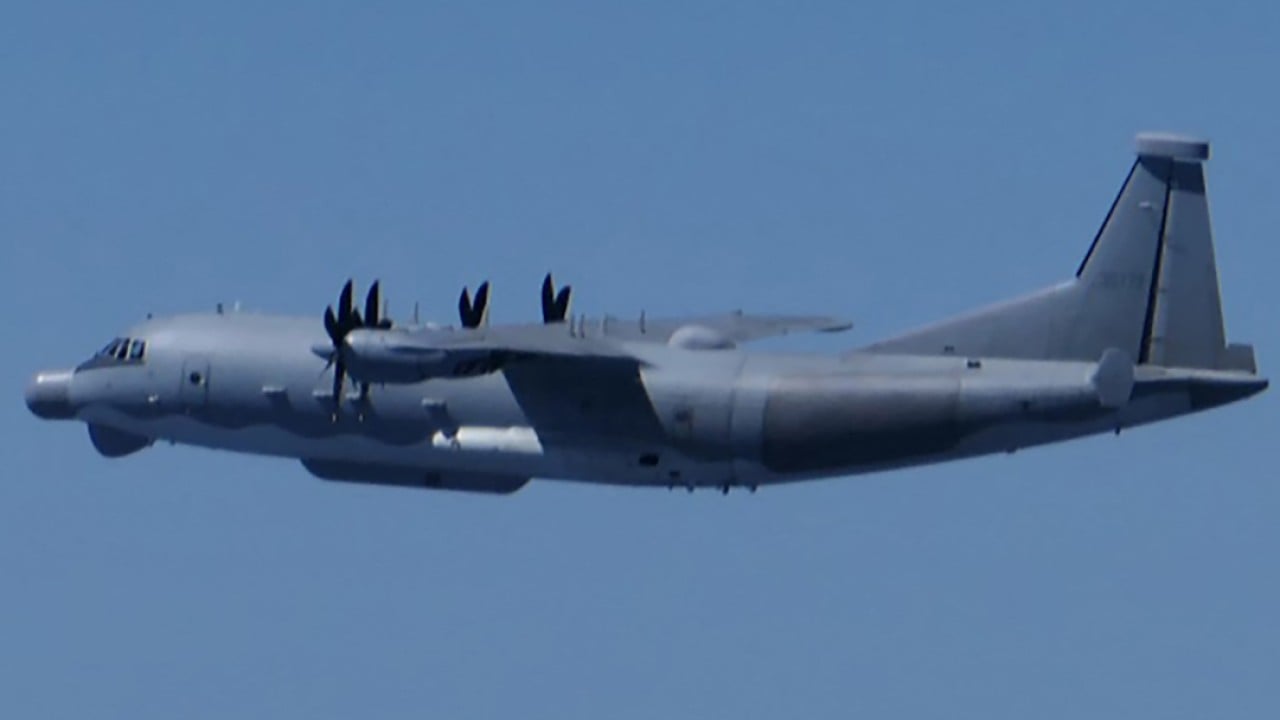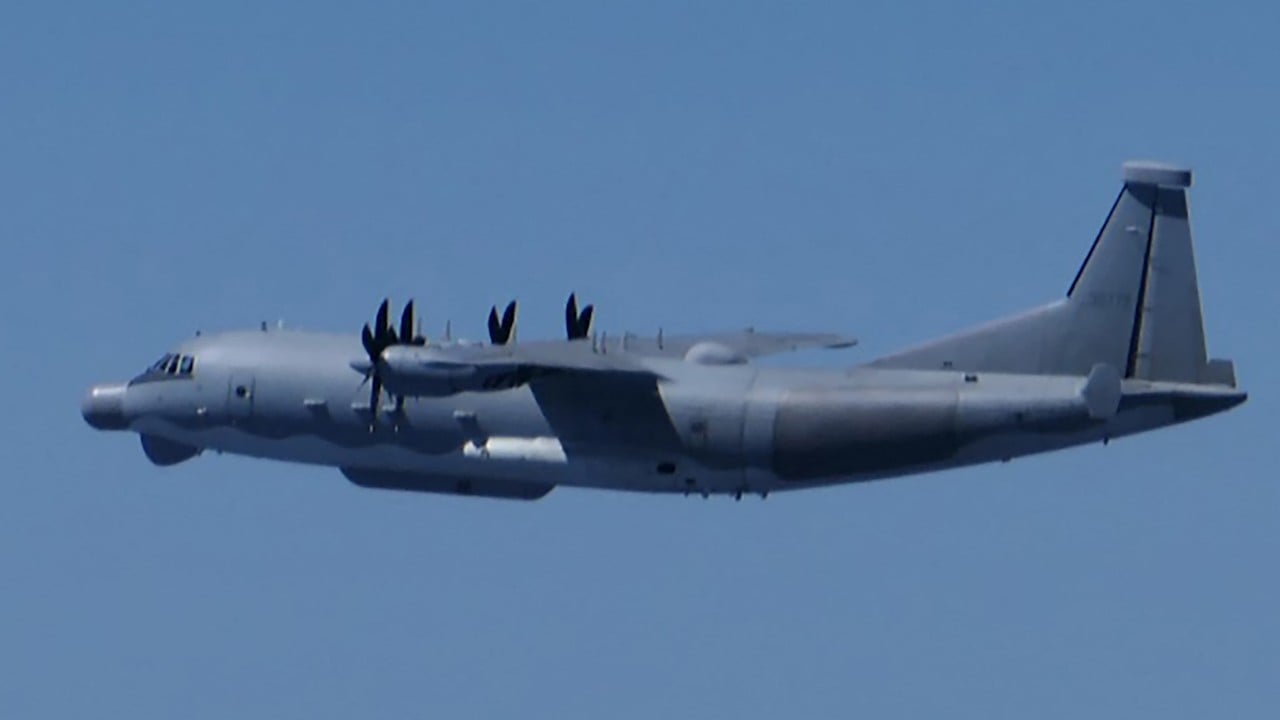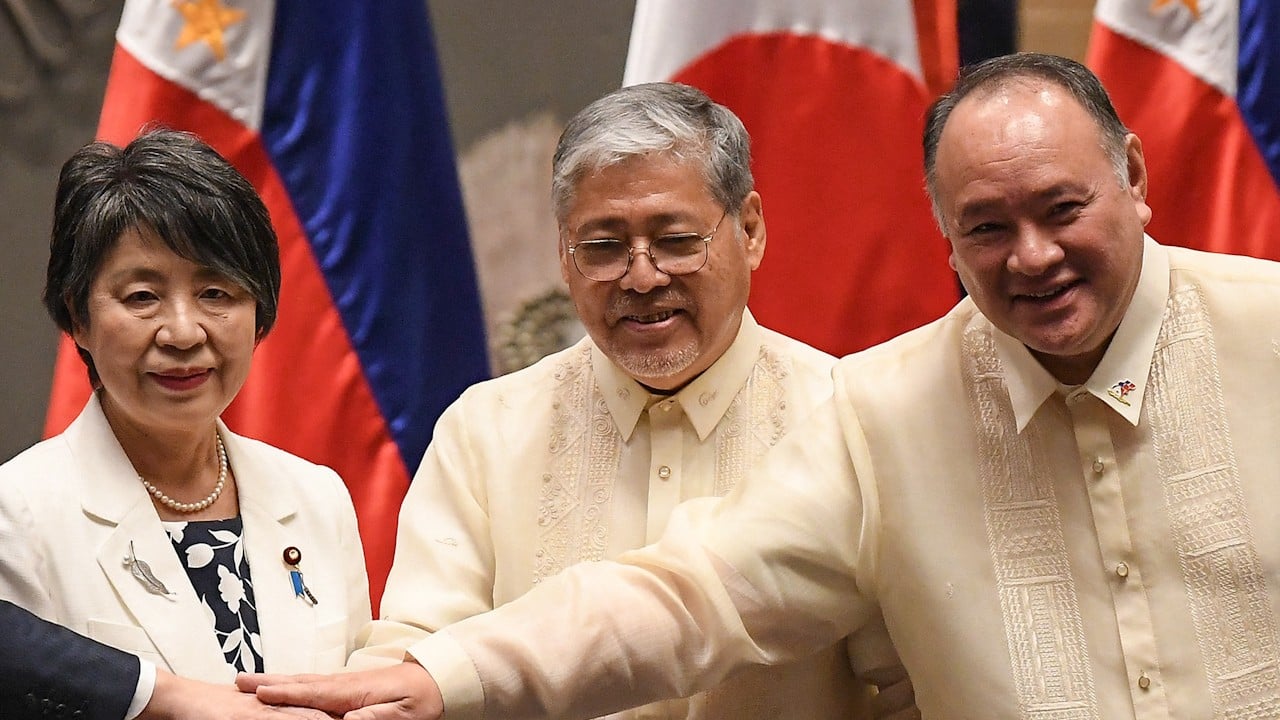A brief incursion by a Chinese reconnaissance aircraft into Japanese airspace has sparked concerned debate among analysts, who believe the act was a strategically calculated move despite protestations from Beijing that it was not intentional.
Some experts said the incursion carried an implicit threat to Tokyo ahead of the election next month of a new leader of the ruling Liberal Democratic Party and the nation, or a warning to European members of Nato to dial back their increased activities in the Indo-Pacific region.
“China is troubled by the US’ relationships and activities in the region, such as ‘freedom of navigation’ passages in waters off the islands in the South China Sea that Beijing now occupies, sending warships through the Taiwan Strait, the deepening security alliance with the Philippines, the close US-Japan security alliance and others,” Stephen Nagy, a professor of international relations at Tokyo’s International Christian University, told This Week in Asia.
“Something like this looks to me like a tit-for-tat action designed to send the message that if the US continues, then China can create challenges for the US and force them to rethink where they need to deploy their limited forces.
“Beijing is saying that if the US tries to get involved in its core interests, then they can and will cause headaches for Washington and its allies,” Nagy said.
Some believe the Y-9 military aircraft entered Japanese airspace over the Danjo Islands, part of Nagasaki prefecture, for around two minutes on Monday morning to conduct a surveillance mission linked to large US and Japanese naval facilities in nearby Sasebo, as well as to test the ability of Japan’s military to detect the aircraft’s presence and then the amount of time it took for fighter jets to scramble and intercept it.
Chinese aircraft and maritime craft have tested Japan’s reactions in the past, Nagy pointed out, notably around the disputed Diaoyu Islands in the East China Sea, which Tokyo controls and refers to as the Senkaku archipelago. Japan Coast Guard patrol ships are regularly involved in stand-offs with their Chinese counterparts within Japanese waters around the uninhabited islands.
“It is very possible that this flight was in part meant to test and probe Japan’s responses, as that is exactly what we have seen them do in the past,” Nagy said.
According to the Ministry of Defence, Japanese fighters were scrambled to intercept foreign aircraft approaching Japanese airspace on 669 occasions in the financial year that ended on April 1. Of that total, Chinese aircraft accounted for 479 incidents.
“Beijing has long made it clear that it wants to weaken the US’ footprint in the region and weaken its alliances, and this is all part of that,” Nagy said.
He disagreed with the suggestion aired in the conservative Yomiuri newspaper, however, that the intrusion was a signal to the politicians vying to replace Prime Minister Fumio Kishida when the LDP votes for its new leader on September 27.
“For China to do that would be self-defeating,” Nagy said. “Japan is already hawkish on China, so why would they do anything that could lead to the election of an even more hawkish prime minister?”
There would be “no benefit” in actions that would lead to Japan taking a firmer line on China, given that Beijing had been trying to court Japanese corporations and improve economic ties, Nagy added.

Masayuki Masuda, director of Chinese studies at the National Institute of Defence Studies in Tokyo, said he believed the aircraft could have been gathering intelligence on US naval and air units taking place in large-scale military exercises with South Korean and British troops on the peninsula.
“Sasebo is one of the most important naval and logistics bases for the US in this part of the world and the Chinese would obviously be interested in gathering information on the joint exercises,” he said.
“I believe the intrusion may have been unintentional as the aircraft was not supported by a fighter escort or Chinese ships in the region, so it would have been very risky for the pilot to enter Japanese airspace deliberately.”
The incident does, however, underline the need for better communications between Tokyo and Beijing in case a minor incident – as in this case – is misinterpreted by either side and an unintended intrusion escalates rapidly.
“It has been reported that the Japanese interceptors tried to contact the pilot of the Chinese aircraft directly, but that there was no response from the Chinese side,” he said. “We need to make sure that the crisis management mechanisms that are in place are effective.”
The Japanese government summoned the top Chinese diplomat in Tokyo to express Japan’s unhappiness at the incident and to demand that it not be repeated, but Nagy said there would be no direct military response.
“I do expect Japan to introduce measures to enhance maritime domain awareness and increase its security capabilities in the region,” he said, adding that other responses might include the announcement of joint exercises with regional allies including the Philippines.
It was also significant that the US quickly put out a message in support of Japan over the intrusion, Nagy said.
“They want to make sure that China gets the message that this kind of behaviour is not acceptable to developed countries and that ‘public shaming’ can be repeated by other countries.”




